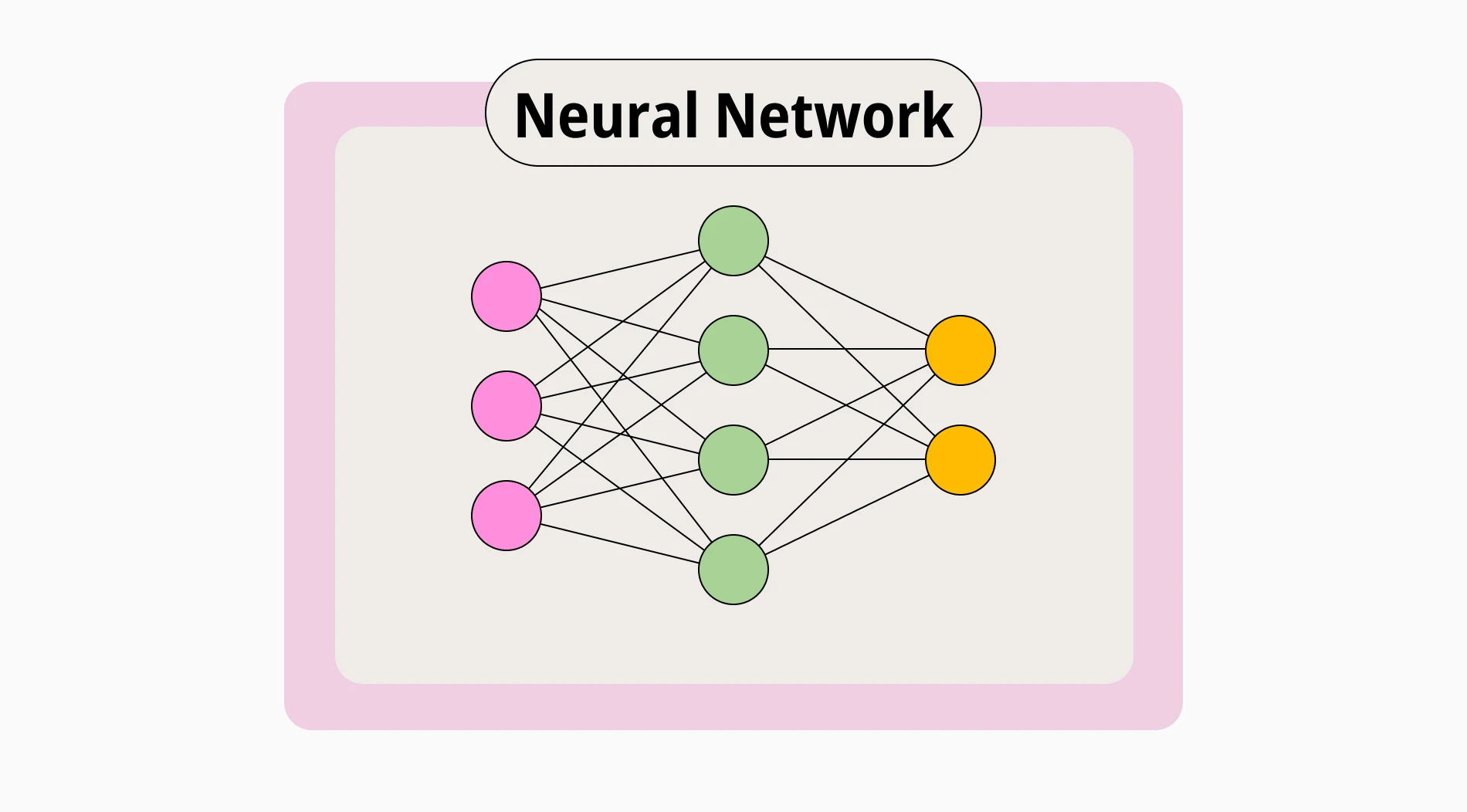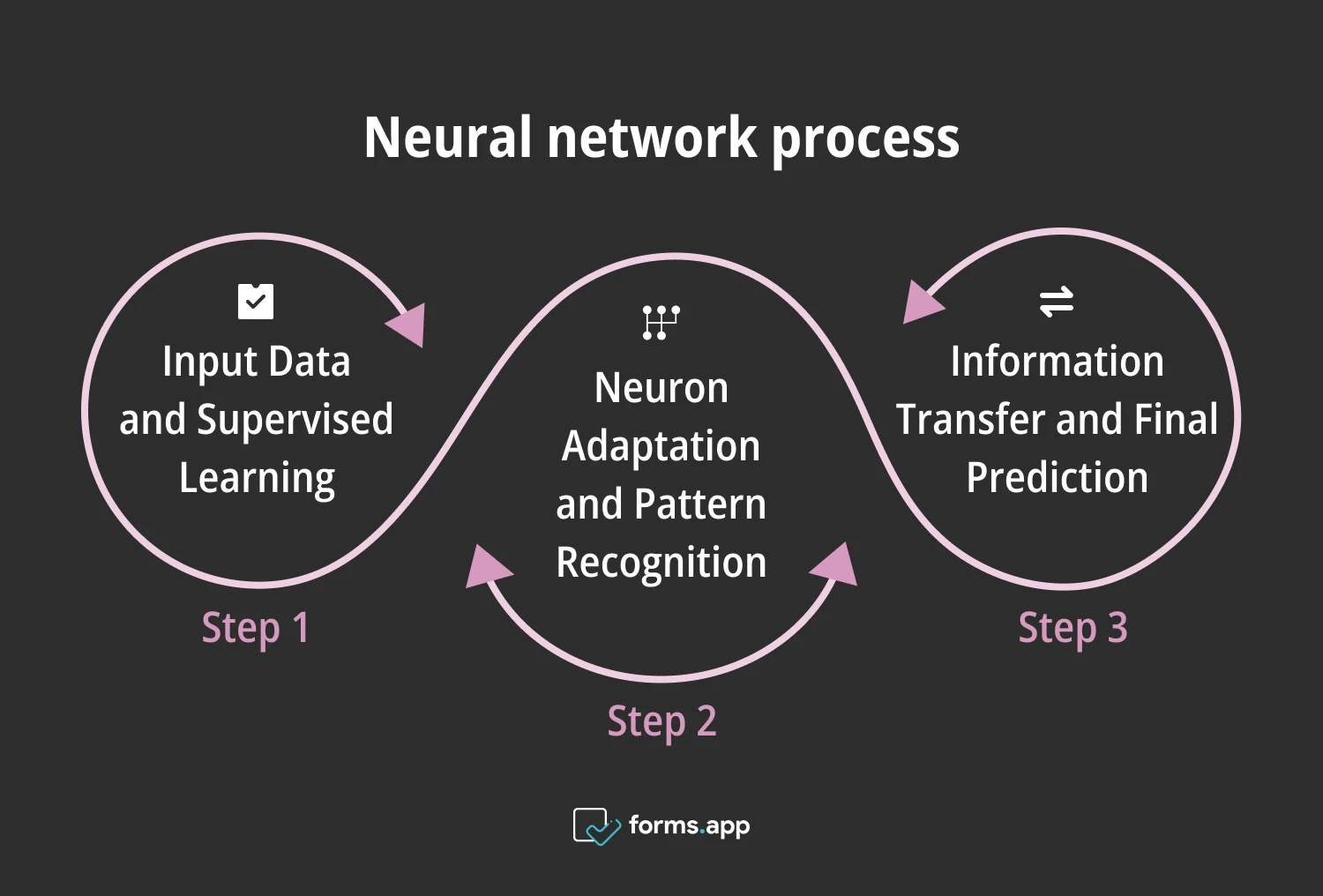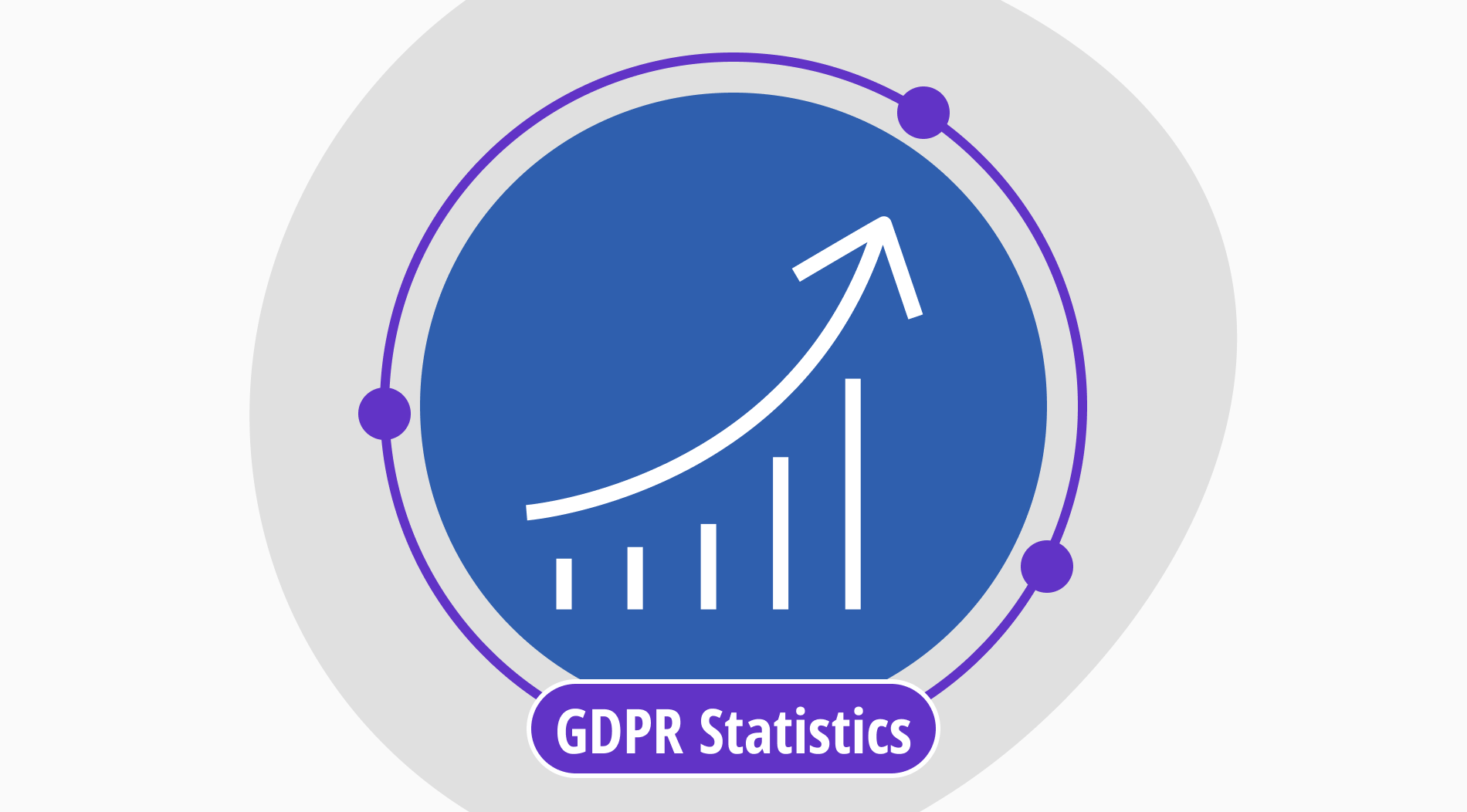
The field of data science is gradually moving away from human hands and continues to be replaced by artificial intelligence and machines. Instead of people having to spend a lot of time on complex data, trained algorithms and data tools can accomplish a task very quickly. One of these powerful data analysis tools is neural networks. It is excellent in identifying patterns within complex data sets and gives accurate results.
First things first: What is a neural network?

A neural network is a computational model that works similarly to the human brain's network of neurons.
However, they differ in that they are artificial neural networks. Layers called neurons are connected to each other and constantly transfer information from one place to another. There is a balance of power between these connections, and in pattern recognition, each neuron reveals information about that pattern. But the correct ones gain weight, and the wrong neurons shrink. Thus, it can easily identify the most complex texts and images.
The process of the neural network

Neural network process
1. The neural network process starts with providing input data, which can be called supervised learning. In this step, the previously collected data is loaded into the system. This data then travels between hidden layers, and each neuron makes calculations based on these inputs.
2. These neurons are constantly adaptive and changing. Neurons try to uncover patterns by assigning weights to inputs. The results of some neurons give more accurate results than others, and the network highlights them according to the weight of these correct results.
3. This information transfer process continues through input layers and eventually reaches the final output layer. In this layer, a final prediction emerges as a result of the processed data. To give an example to make this concrete, facial recognition technology also uses neural networks.
First, images of what a face is are loaded into them, and things that do not resemble a face are given as input for negation. When you later ask neural networks to identify certain faces, they can now tell whether they are faces or not as a result of what they have learned.
How to use the neural network in data analysis
To use neural networks in data analysis, you must follow specific steps: First, a dataset for network analysis should be collected. This data collection process is the most critical step for the neural network to work correctly. Then, you need to prepare this model by choosing a model suitable for data classification. For example, you can use recurrent neural networks to analyze textual data.
In the next step, you need to train the neurons. Determine which information they should focus on with the help of weights. Later, neural networks will establish new hierarchies with connections among themselves. You should test this network model with small samples and save it for later use. From now on, the neural network you have prepared can now be used continuously in data analysis.
Frequently asked questions about the neural networks
In this section, you can learn more general answers and precise information about neural networks.
Puedes revelar relaciones complejas con mayor facilidad con redes neuronales, las cuales pueden ser utilizadas activamente en muchos aspectos diferentes del análisis de datos. Antes de realizar el análisis de datos, es necesario alimentar estas redes neuronales con datos o entrenarlas inicialmente.
Estas entradas pueden ayudar posteriormente en muchos aspectos del análisis de datos. Por ejemplo, las redes neuronales pueden ser utilizadas en clasificación de patrones, examinando textos complejos, pronósticos, reconocimiento de imágenes, interpretación de datos, visualización y muchas otras áreas.
Si desea elegir una red neuronal para la clasificación de datos, primero considere la naturaleza de los datos y los requisitos de su propósito. Hay algunos tipos de redes neuronales con funciones de análisis de datos que se utilizan con frecuencia para diferentes tipos de clasificación de datos.
-Analizando datos de texto: Red Neuronal Recurrente
-Analizando datos tabulares: Perceptrón Multicapa
-Analizando datos de gráficos: Red Neuronal de Gráficos
-Analizando datos de imágenes: Red Neuronal Convolucional
Sí, los científicos de datos utilizan activamente y con frecuencia redes neuronales para el aprendizaje profundo en su investigación. Los utilizan para resolver un trabajo de manera efectiva y rápida, revelar relaciones complejas y facilitar la mayoría de las tareas. Gracias al uso versátil de las redes neuronales, encuentran muchas áreas de aplicación diferentes, como medicina, economía, marketing y producción.
Por ejemplo, un científico de datos en el campo de la salud podría desarrollar una red neuronal para analizar radiografías. Un científico de datos en el campo de la finanzas puede crear un modelo que pueda detectar fraudes.
En primer lugar, es necesario utilizar un método utilizado en el examen de datos textuales, como una red neuronal recurrente, debe ser utilizada. Sin embargo, esto solo no es suficiente; es necesario apoyarlo con redes de memoria a largo y corto plazo. De esta manera, obtienes una red que puede entender incluso frases complejas.
Conclusion
This article was an introductory and informative article about what neural networks are. We tried to show how you can get valuable insights from it as a unique tool in the data analysis world. Therefore, the article first started with the definition of a neural network and then explained its processes and how to use it in data analysis. From now on, you can use neural networks effectively and perform powerful data analysis.
Atakan is a content writer at forms.app. He likes to research various fields like history, sociology, and psychology. He knows English and Korean. His expertise lies in data analysis, data types, and methods.



 3 minuti di lettura
3 minuti di lettura

